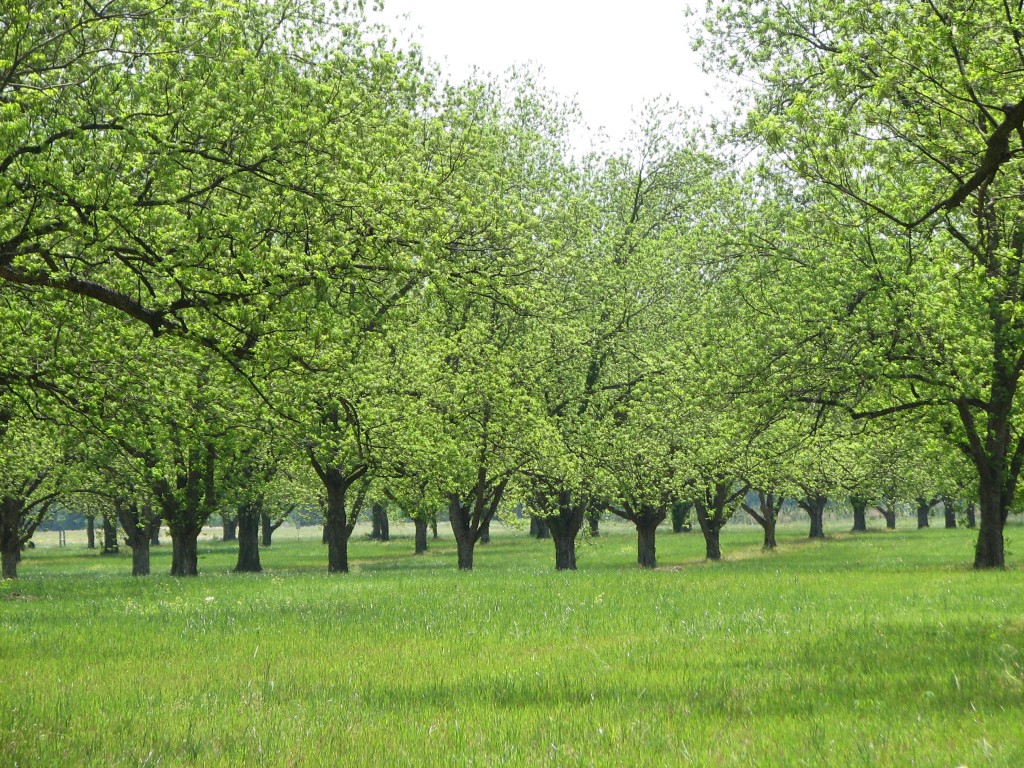caesweb
-
UPDATE 2/17/2021: The first hits on log traps deployed at Cook County was recorded last week. With temperatures predicted to be above 60F in the coming week or so, keep an on your vulnerable trees for ambrosia beetle attacks in the coming weeks. Please fill up this survey on ambrosia beetles to help us determine…
-
In recent days, we have heard several reports of snails associated with young irrigated pecan trees. They have been seen congregating on tree trunks and on the foliage. Some have reported seeing snails in and around irrigation emitters. Normally, snails are not considered pests in pecan orchards, but rain can encourage their activity. The moist…
-
The UGA pecan research and Extension team have worked together to develop this pecan production management calendar. This circular is a calendar-based management reference for pecan production in the Southeastern U.S. It provides an easy-to-use graphical guide for management decisions regarding crop phenology, irrigation and fertilization requirements, disease, and insect and mite arthropod pest management.…
-
The University of Georgia and USDA-Byron research scientists are collaborating in a project entitled, “Pecan Hedge-pruning: A Sustainable Management Option for the Southeastern US”. The project will assess the effects of pecan hedge-pruning on critical horticultural parameters (nut yield, quality, water-use efficiency, and nutrition), disease (incidence and severity of scab, colonization of branches by wood…
Posted in: Uncategorized -
It’s that time again to be mindful about pecan nut casebearer (PNC) activity especially after the infestations reported by some growers last year. We normally do not recommend spraying for nut casebearers particularly during high crop load years as they help in thinning out the crop, and only spraying for them after scouting for presence…
Posted in: Uncategorized -
We are in the first stages of pecan budmoth infestation. Last year was a very bad year for budmoth. We are seeing initial signs of infestation on young trees (generally 1—3 years old) as of the first week of April. Identifying budmoth at this time of the year is not easy since worms are very…
-
This is just a timely reminder to be watchful for ambrosia beetles especially if you have young trees. If you have older trees (>5 yrs old) that were subjected to any stress-inducing factors such as flooding, diseases, root damage, spading, etc., monitor for potential ambrosia beetle attacks on them as well. To know more about…
